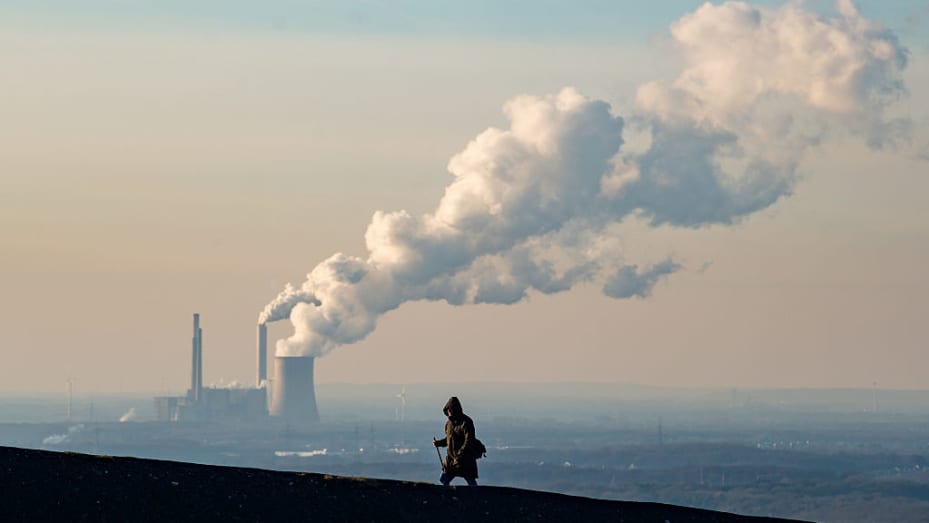Commodities
EU told to slash greenhouse gas emissions 90-95% by 2040

The European Union should commit to slash its net greenhouse gas emissions by as much as 95% by 2040, official advisers said on Thursday, as Brussels prepares a new goal to curb Europe’s contribution to climate change.
The European Commission is drafting what would be the EU’s first legally binding emissions-cutting target for 2040, aimed at guiding the world’s third-biggest economy towards its aim to have zero net emissions by 2050.
The EU’s advisory board on climate change said the goal should be a 90% to 95% cut in net emissions by 2040, compared with 1990 levels.
“The pathways and other analysis indicate numerous potential benefits to climate action – better air quality, better health outcomes, [becoming] less dependent on imported fossil fuels, less water stress,” said Ottmar Edenhofer, who chairs the 15-member board of independent scientific experts.
The advisers assessed more than 1,000 emissions scenarios, to make a recommendation consistent with the Paris Agreement’s goal to limit global warming to 1.5C – the level that would avert its worst climate impacts.
The advisors said reaching the 2040 goal would require a massive scale up of renewable energy, a shift to electrify polluting industries, and replacing fossil fuels with alternatives like hydrogen. Coal use in the power sector would be virtually eliminated by 2030, followed by gas power in 2040.
Methods to remove CO2 from the atmosphere – through technologies or natural methods like trees – would need scaling up, but the advisors said the majority of the target should be met by reducing emissions outright.
The EU has among the most ambitious climate change policies of any major economy, having passed a raft of laws to deliver its 2030 target to cut net emissions by 55%, from 1990 levels.
But the advisors said even their recommended 2040 target would fall short of what should be the EU’s “fair” contribution to meeting global climate goals, considering Europe’s high per-capita historical emissions compared with poorer nations.
To address this fairness gap, EU countries should support other countries to cut their emissions, while slashing its own, the advisers said.
A European Commission spokesperson said the recommendation would feed into its own assessment of the 2040 target, which is due early next year.
Commodities
Oil prices rise; U.S. crude inventories plunge, Russia-Ukraine truce eyed
Commodities
India’s Reliance to stop buying Venezuelan oil over US tariffs, sources say
Commodities
Oil prices climb on Venezuela supply worries

 Forex3 years ago
Forex3 years agoForex Today: the dollar is gaining strength amid gloomy sentiment at the start of the Fed’s week

 Forex3 years ago
Forex3 years agoUnbiased review of Pocket Option broker

 Forex3 years ago
Forex3 years agoDollar to pound sterling exchange rate today: Pound plummeted to its lowest since 1985

 Forex3 years ago
Forex3 years agoHow is the Australian dollar doing today?

 Cryptocurrency3 years ago
Cryptocurrency3 years agoWhat happened in the crypto market – current events today

 World3 years ago
World3 years agoWhy are modern video games an art form?

 Commodities3 years ago
Commodities3 years agoCopper continues to fall in price on expectations of lower demand in China

 Economy3 years ago
Economy3 years agoCrude oil tankers double in price due to EU anti-Russian sanctions























